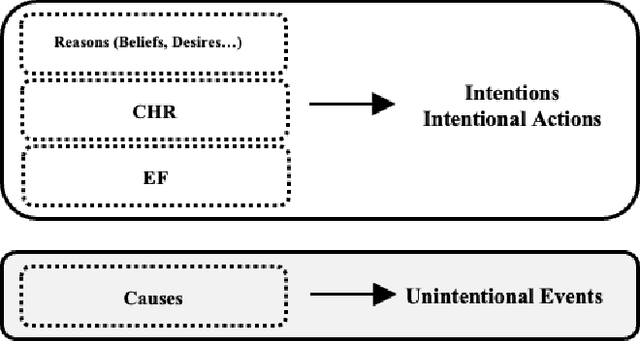Towards Explainable Goal Recognition Using Weight of Evidence (WoE): A Human-Centered Approach
Paper and Code
Sep 18, 2024



Goal recognition (GR) involves inferring an agent's unobserved goal from a sequence of observations. This is a critical problem in AI with diverse applications. Traditionally, GR has been addressed using 'inference to the best explanation' or abduction, where hypotheses about the agent's goals are generated as the most plausible explanations for observed behavior. Alternatively, some approaches enhance interpretability by ensuring that an agent's behavior aligns with an observer's expectations or by making the reasoning behind decisions more transparent. In this work, we tackle a different challenge: explaining the GR process in a way that is comprehensible to humans. We introduce and evaluate an explainable model for goal recognition (GR) agents, grounded in the theoretical framework and cognitive processes underlying human behavior explanation. Drawing on insights from two human-agent studies, we propose a conceptual framework for human-centered explanations of GR. Using this framework, we develop the eXplainable Goal Recognition (XGR) model, which generates explanations for both why and why not questions. We evaluate the model computationally across eight GR benchmarks and through three user studies. The first study assesses the efficiency of generating human-like explanations within the Sokoban game domain, the second examines perceived explainability in the same domain, and the third evaluates the model's effectiveness in aiding decision-making in illegal fishing detection. Results demonstrate that the XGR model significantly enhances user understanding, trust, and decision-making compared to baseline models, underscoring its potential to improve human-agent collaboration.
 Add to Chrome
Add to Chrome Add to Firefox
Add to Firefox Add to Edge
Add to Edge